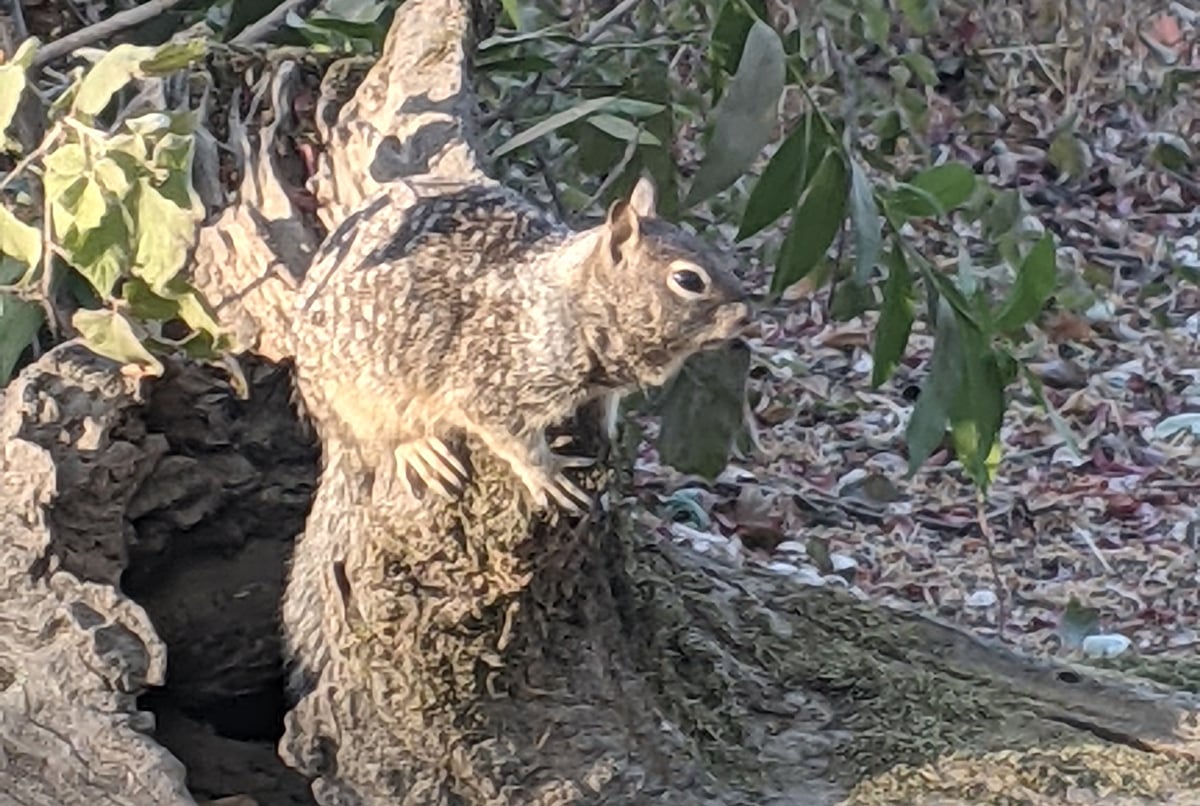Biogeography
Biogeography is the study of the geographical distribution of plants and animals.

Canada Geese Migrate Less from Urban Areas
With the expansion of urbanization, more Canada geese are becoming year round residents instead of migratory.

How Many Tree Species are There in the World?
A team of scientists from the UK's Botanic Gardens Conservation International has compiled the first comprehensive list of all the world's tree species.

Geography of Wild Horses in the United States
Wild horses continue to roam the Western United States as well as parts of the East Coast.

Bewick’s Wren
The Bewick's Wren (Thryomanes bewickii) is a small songbird native to North America.

Endemic, Native, Non-native, and Invasive Species
Learn what the terms endemic, native, non-native, or invasive mean for animals and plants.

Greatest Concentration of Breeding Bald Eagles in the Continental U.S.
The San Juan Islands in Washington has the highest concentration of breeding bald eagles in the continental United States.

The Largest Cactus in the United States
The Saguaro Cactus is the largest cactus in the United States

Building It Back – Beaver Reintroductions Across the World
Since the 1920s, beavers have been artificially re-introduced to many habitats across their former range.

Camouflage: Ways Animals Blend in With Geography
Camouflage is a way for animals and insects to blend in with their surroundings in order to avoid detection.

Mapping Feral and Stray Cats
Conservationists are using GIS and GPS to map out feral cat movements to understand impacts on native species.

Introduction to Wildlife Corridors
Wildlife corridors are overpasses and underpasses that connect natural regions and provide safe transit for migratory animals through human infrastructure.

The Growth of Crows in Cities
Since the 1960s, more and more crows have been abandoning their rural winter roosts in favor of cities and towns.

Kleptotrichy: Birds Who Steal Fur
Scientists recently released their findings on why birds pull fur from animals, which is a potentially risky behavior.

Geography of American Bison
Learn about the American Bison, which once roamed North America in large herds.

Mapping Trees in West Africa
Researchers used high resolution satellite imagery and machine learning to map trees in West Africa.

The Sonoran Desert is Losing Plants Due to Climate Change
Between 1984 and 2017, a team of researchers utilized Landsat imagery to examine changes in vegetation in the Colorado Desert in Southern California.

Climate Change and the Expansion of Ghost Forests
Along the geography of the East Coast of the United States, large swathes of forest are declining at increasing rates.

Billions of Cicadas Will Be Emerging In the United States
Starting sometime in April or May, depending on latitude, one of the largest broods of 17-year cicadas will emerge from underground in a dozen states.

Anthropause: The Impact of Covid-19 Related Slowdowns on Wildlife
Human-animal relations are extremely complex, and our presence - or absence - has greater power over the population dynamics than we commonly think

Sky Islands
Sky islands are like islands of unique ecosystems surrounded by contrasting environments.

From the Arctic to Mexico: Tracking the Epic Migration of Birds
In winter, more than 1 million shorebirds that breed in the Arctic will visit and move throughout the coastline of northwest Mexico.

Eco-fusion: the Mixing of Native and Non-Native Species
Species have moved (and have been moved) around the planet recombining to establish new or “novel” mixes of native and non-native species.

Review | Yellowstone Wolves: Science and Discovery in the World’s First National Park
This book is a collaborative effort to investigate the successes and failures of the re-introduction of wolves to Yellowstone National Park

New Maps For Ungulate Migration Routes Across the Western U.S.
Federal and state wildlife biologists have come together to create a unique map of ungulate migrations across the American West.

Climate Change is Shrinking Forests in North America
The impact of climate change is reducing the amount of habitat where the trees of North America can thrive.

Flooding Can Help Protect Wetlands From Climate Change
Targeted flooding may be one tool that conservationists and wetland restoration specialists have to make wetland areas more resilient in the face of climate change.
